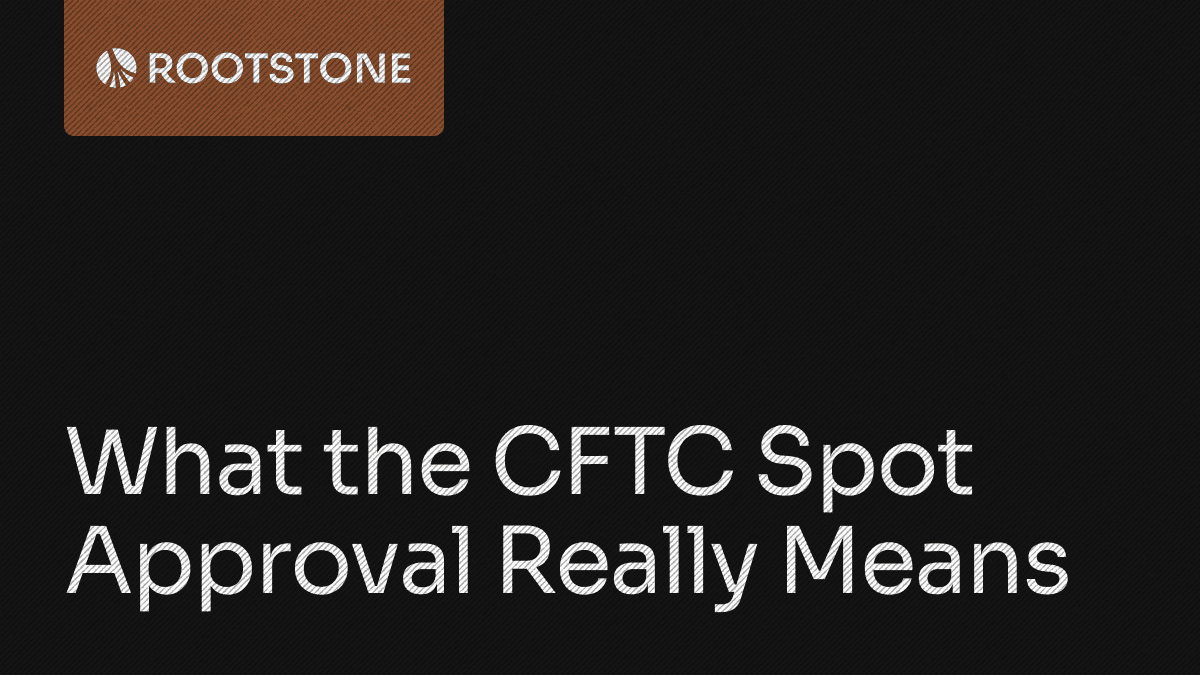Sep 10, 2025
Crypto staking has emerged as a popular way for investors to earn passive income while contributing to the security and efficiency of blockchain networks. Unlike traditional mining, which requires energy-intensive hardware, staking operates in a Proof-of-Stake (PoS) system, where participants "stake" their coins to validate transactions and secure the network. As of 2025, with major blockchains like Ethereum fully transitioned to PoS, staking has become more accessible and rewarding than ever. This blog post will break down what crypto staking is, how it works, its benefits and risks, popular options, and how you can get started.
Understanding Proof-of-Stake (PoS)
To grasp staking, it's essential to understand the underlying consensus mechanism: Proof-of-Stake. In blockchain networks, consensus ensures all participants agree on the validity of transactions. Traditional Proof-of-Work (PoW) systems, like Bitcoin's, rely on miners solving complex puzzles using computational power, which consumes massive amounts of energy.
PoS, on the other hand, selects validators based on the number of coins they hold and are willing to "stake" as collateral. This makes the process more energy-efficient and scalable. Staking is essentially locking up your cryptocurrency in a wallet to support these operations, and in return, you earn rewards—typically a percentage of the staked amount. It's like putting your money in a savings account that also helps run the bank.
How Does Crypto Staking Work?
Staking involves committing your crypto tokens to a PoS blockchain for a set period. Here's a simplified breakdown:
Locking Tokens: You deposit your coins into a staking contract or wallet. These tokens act as collateral, ensuring validators behave honestly.
Validation Process: Staked tokens give you a chance to be selected as a validator. The more you stake, the higher your odds. Validators propose and verify new blocks of transactions.
Earning Rewards: Successful validation earns you rewards, often in the form of additional tokens from the network. Rewards are distributed periodically, and the annual percentage yield (APY) varies by cryptocurrency and network conditions.
Unstaking: After the staking period (which can range from days to months), you can withdraw your tokens, though some networks impose penalties for early withdrawal.
There are different types of staking, including solo staking (running your own node), delegated staking (pooling with others via a validator), and liquid staking (where you receive a tokenized version of your staked assets to trade while earning rewards). This flexibility makes staking appealing to both beginners and advanced users.
Benefits of Crypto Staking
Staking offers several advantages, making it a go-to strategy for long-term holders in 2025:
Passive Income: Earn rewards without active trading. APYs can range from 2% to 20% or higher, depending on the asset and market.
Network Contribution: By staking, you enhance blockchain security and decentralization, potentially increasing the value of your holdings.
Low Barriers: No need for expensive mining rigs—just a compatible wallet or exchange. It's energy-efficient compared to PoW.
Compounding Returns: Reinvest rewards to grow your stake over time.
Governance Participation: Some networks allow stakers to vote on protocol upgrades, giving you a say in the ecosystem's future.
In a year where institutional adoption is rising, staking is seen as a stable way to generate yields amid volatile markets.
Effective management of inventory risk is essential for market makers' survival and profitability. Here are the primary strategies they use:
Risks to Consider
While rewarding, staking isn't risk-free. Here are key drawbacks:
Market Volatility: Crypto prices fluctuate, so your staked assets could lose value even as you earn rewards.
Slashing Penalties: If a validator acts maliciously or goes offline, a portion of your stake could be "slashed" as punishment.
Lock-Up Periods: Funds are often inaccessible during staking, limiting liquidity.
Platform Risks: Using centralized exchanges or pools exposes you to hacks or operational failures.
Opportunity Cost: Staked funds can't be used for other investments, and in 2025's dynamic market, better opportunities might arise elsewhere.
Always research and diversify to mitigate these risks.
How to Get Started with Staking: Step-by-Step Guide
Ready to dive in? Follow these steps:
Choose a Cryptocurrency: Select a PoS coin that aligns with your goals (e.g., USDT for stability).
Acquire Tokens: Buy the crypto on an exchange like Coinbase, Binance, or Kraken.
Set Up a Wallet or Platform: Use a hardware wallet (e.g., Ledger) for solo staking, or opt for user-friendly platforms like Coinbase or staking pools for delegation.
Stake Your Tokens: Navigate to the staking section, deposit your amount, and confirm. Verify minimum requirements (e.g., 32 ETH for solo Ethereum staking).
Monitor and Manage: Track rewards via apps or dashboards. Reinvest or unstake as needed.
Secure Your Setup: Enable two-factor authentication and research tax implications, as staking rewards are often taxable.
Start small to learn the ropes, and consider diversified staking across multiple assets.
Conclusion: Is Staking Right for You?
Crypto staking represents a shift toward sustainable, inclusive blockchain participation, allowing anyone to earn rewards in the PoS world. With potential for steady income and network involvement, it's a compelling option in 2025's bull market. However, weigh the benefits against risks like volatility and lock-ups. If you're a HODLer looking for passive growth, staking could be your next move. Always do your own research (DYOR) and consult professionals for financial advice.
Whether you’re looking to enhance market liquidity, execute large trades, optimize treasury operations, or explore strategic partnerships, Rootstone is here to help.




